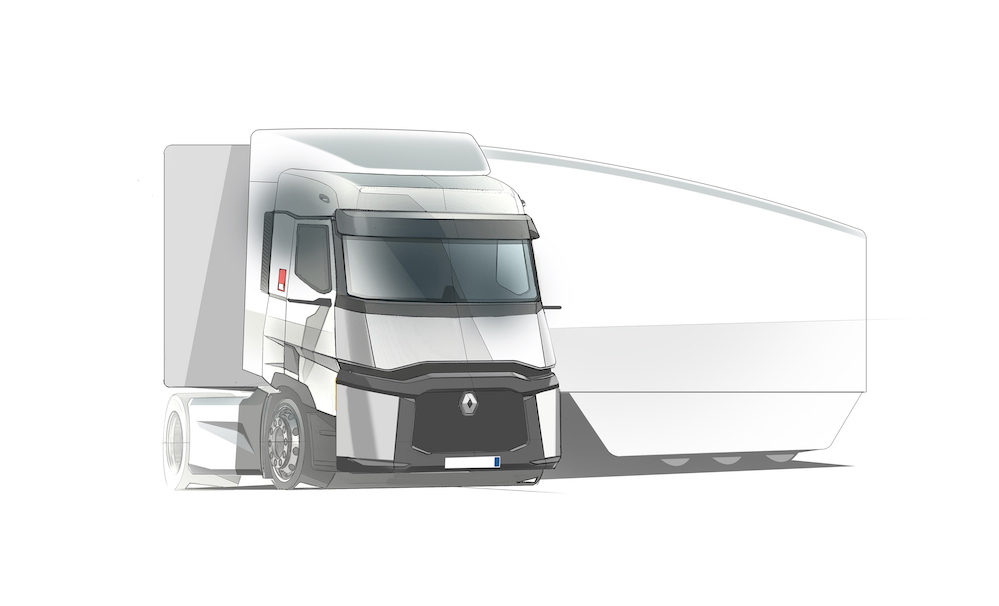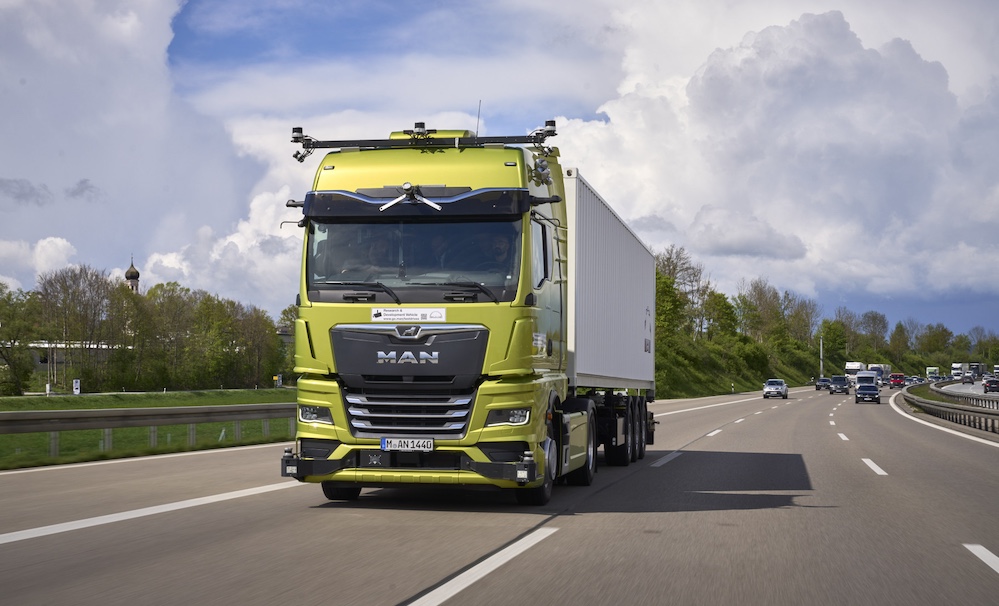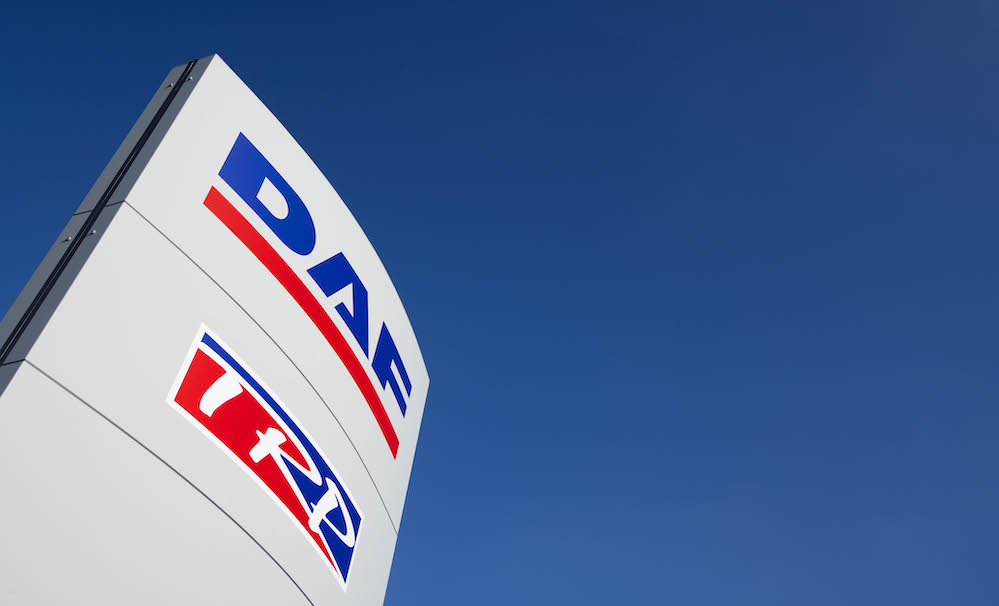Renault Trucks is continuing its research into improving the energy efficiency of truck and trailer combinations with its ambitious FALCON (Flexible & Aerodynamic Truck for Low CONsumption) project. The purpose of this project is to develop and test innovative technology for reducing the fuel consumption and therefore the CO2 emissions of our trucks. It’s a simple equation: less diesel consumption = less CO2.
Lower fuel consumption is at the core of the development of Renault Trucks vehicles, which are designed to be profit centres for operators. In line with Optifuel Lab 1 and Optifuel Lab 2, and more recently the Urban Lab 2 project involving distribution vehicles, Renault Trucks is now undertaking the development of a new experimental combination designed to consume 13% less fuel than a standard trailer pulled by a Range T truck.
The work will be focusing on four key priorities, namely a) optimising the aerodynamics of tractor/semi-trailer units, b) developing connected tyres with low rolling resistance, c) introducing new fuel-saving driving aids and d) improving the drive line (engine, gearbox and rear axle) through a new generation of Rankine heat recovery systems and use of special lubricants. With the exception of the Rankine system, this technology is set to be integrated into a demonstration vehicle and tested under real-life traffic conditions at the end of 2018.
Cont…../
“The technical developments are aiming to achieve a maximum return on investment of two years in normal operating conditions, with a view to starting production in the medium term. It is worth noting, however, that over half the technology tested in our previous vehicle laboratory, Optifuel Lab 2, was then used in standard Renault Trucks Range T trucks,” says François Savoye, Energy Efficiency Strategy Manager at Renault Trucks.
The FALCON project, which is due to end in 2020, offers Renault Trucks a new laboratory on wheels not only for assessing technology aimed at further reducing the fuel consumption of trailer trucks, but also in preparation for the requirements of future regulations, within the EU, on the CO2 emissions of heavy goods vehicles, together with the volumes, dimensions and tyres.







